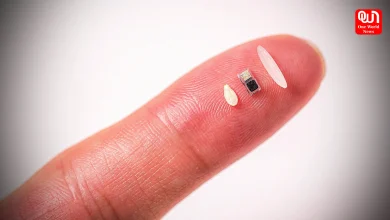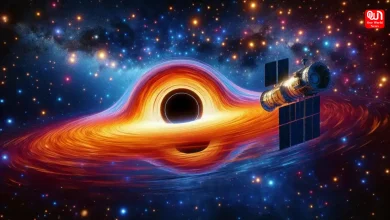Putnisite: A new Mineral

A new mineral have been discovered in Western Australia which is unique in structure and composition, in comparison to the world’s known mineral species.
A group of scientists led by Dr Peter Elliott of South Australian Museum, and the University of Adelaide described this new mineral, which was found during mining from the Polar Bear peninsula, Southern Lake Cowan, Australia.

The new mineral occurs as tiny crystals of about 0.5 mm in diameter, and is found on a volcanic rock. It appears as dark pink spots on dark green, bluish and white rock, which under the microscope, appears as square and cube like crystals. It has the usual combination of strontium, calcium, chromium, sulphur, carbon, oxygen and hydrogen. The mineral has a mohs hardness of 1.5–2, a measured density of 2.20 g/cm3 and a calculated density of 2.23 g/cm3.
‘Putnisite’ has been named after Australian mineralogists- Dr. Christine and Professor Andrew Putnis. It has yet to be determined if the new mineral will have any practical use.

While dozens of new minerals are discovered each year, it is rare to find one that is unrelated to already known substances. Most minerals belong to a family or small group of related minerals, or if they aren’t related to any other minerals, they often form a synthetic compound.
Have a news story, an interesting write-up, or simply a suggestion? Write to us at info@oneworldnews.in







